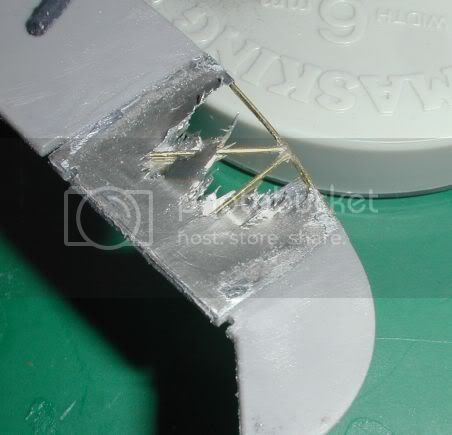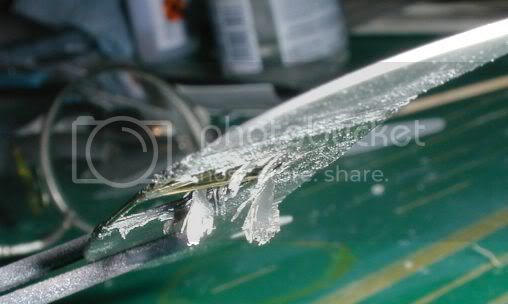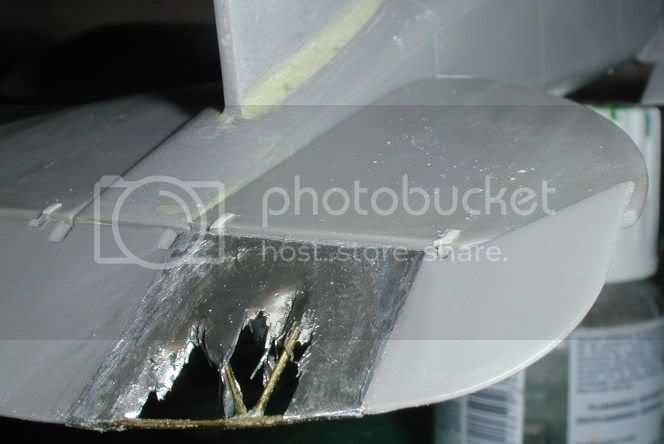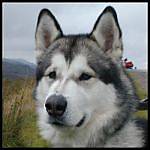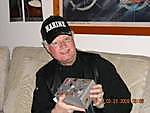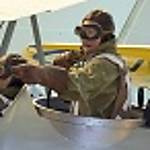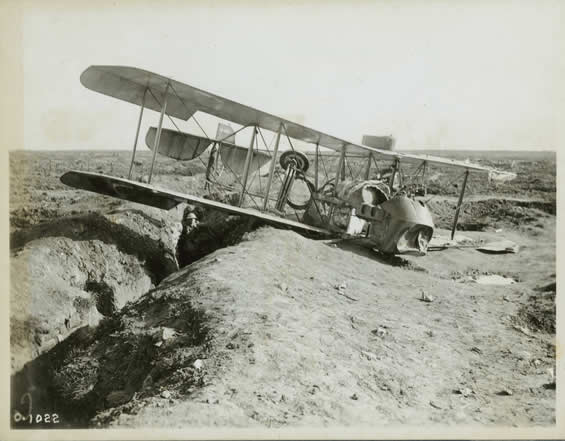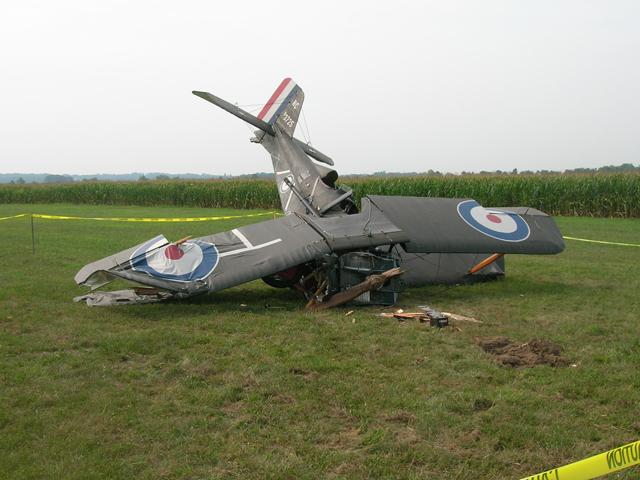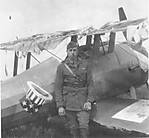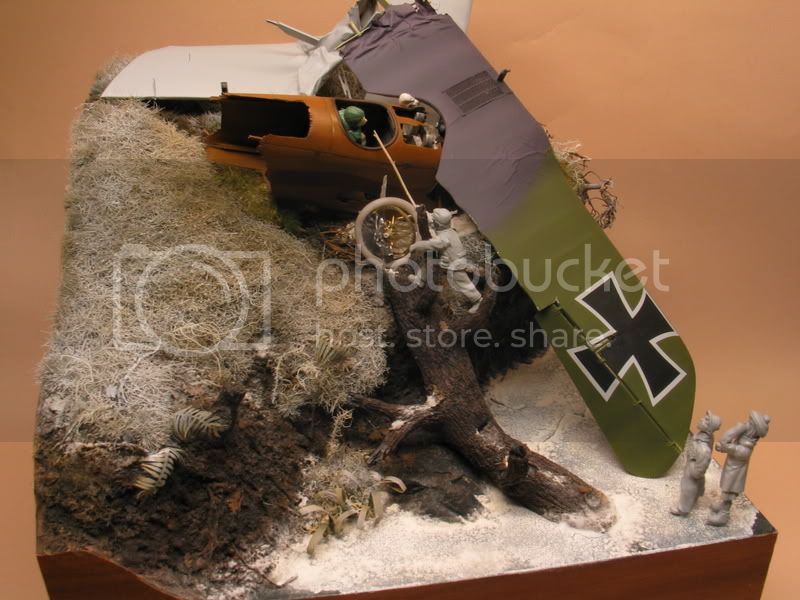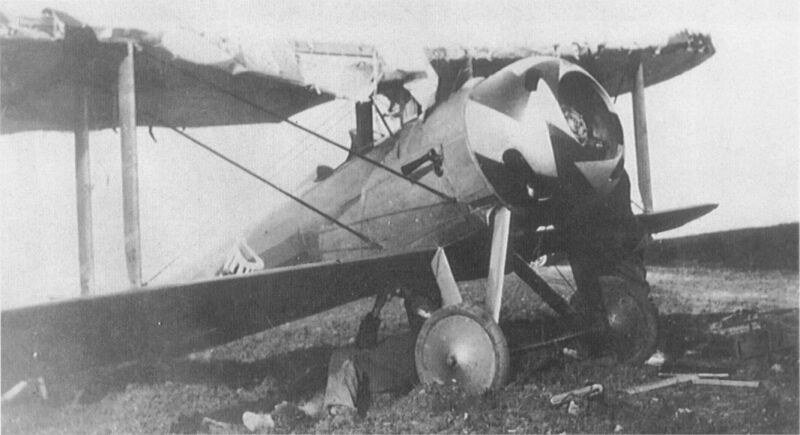Stress can be another factor.
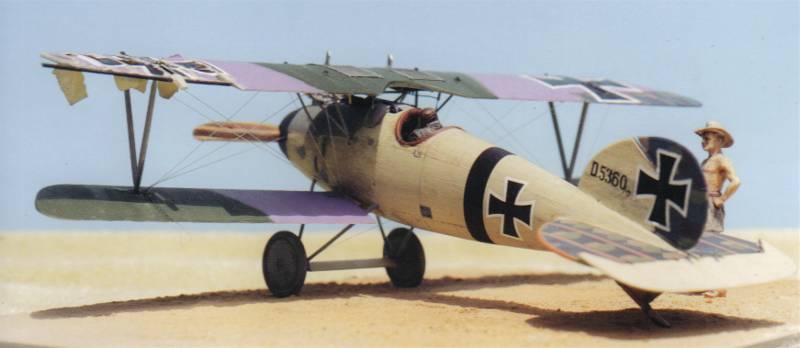
From my portfolio 1, Here is my version of Alb. D.Va 5360/17 in FA300 after an inflight collapse of the left wing tip. Titled "Nice landing herr Leutnant." This is the Eduard 1/48 kit #8109. At the beginning of 2002 we saw the introduction of Eduard's release their 'neu' mold of the Albatros D.V kits (Feb, #8109 and in March #8110 Profipack.) The new process allows finer more exacting details be included in the overall plastic mold. It easily competes with any of the ‘Tamigawa' companies processes. To simulate the Wood panel sections of the fuselage I used applications of acrylic and enamel paints. Rigging is monofilament, The cockpit is detailed to include structure and equipment using modified kit items and Eduard’s brass fret #48218. Lozenge decals are Eagle Strike 5 colour Camouflage sheets. National markings are kit items. Plumbing and landing gear struts are brass rod bent and cut to shape. Propellor is laminated wood carved to shape. The upper left wing tip was scratchbuilt and cover with layers of decal film.
The upper left wing tip was scratchbuilt from plastic stock and painted a light wood colour with only a wash of Testors 1166 for grain and covered with prepainted with layers of decal film. The second set of radiator facades are from the Eduard PE aftermarket set #48 218 for the Albatros D. V/ Va.
I repositioned the left arm and the head to represent the pilot slumped and attempting to hold his head in shock. Or he could be just pulling his gogles off.
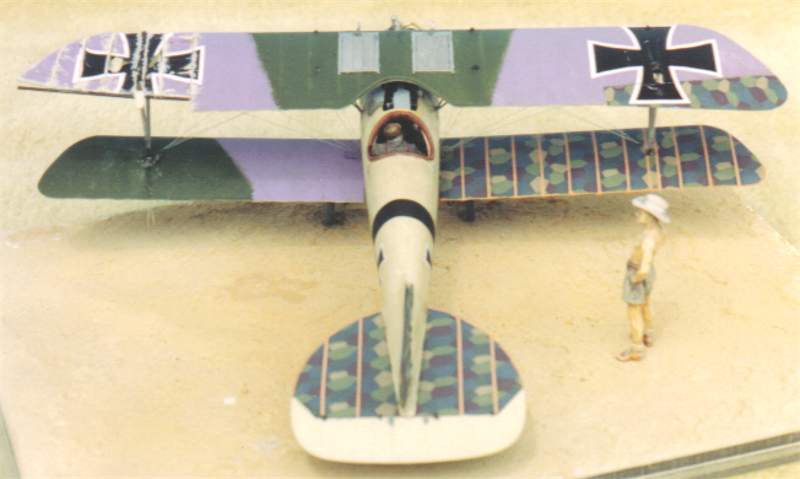
This kit represents a Johannistahl built Albatros D.Va 5360/17 flown by Ltn. Victor Häfner of FA300 & 304. Sometime in June - July 1918 after the ground crew had completed repairs To this machine, Ltn. Häfner took it up for a test flight one morning in his pajamas. At about 3000 ft the pilot heard a loud ‘crack’ the resultant emergency landing was due to a collapsed upper left wing tip. He managed to land at Afuleh airfield. This was one of several instances where the Top wing tip of a Tropical Albatros D.Va failed. An interesting note is that this machine doesn’t appear to have the outboard stay wire seen typically on Western front Albatros D.Va types. Since the wing probably failed due to over stressing and the original photo of the aircraft bears this out I wonder if the Ltn. was actually just in level flight at cruising speed when the damage occured as his report stated or at the top of a loop that he didn't want to discuss?
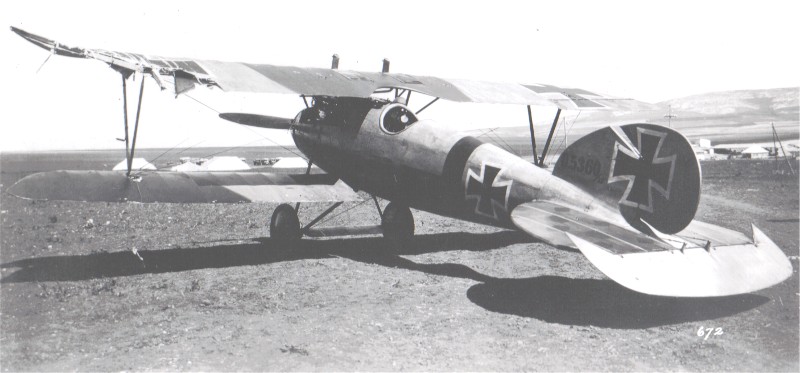
 )* I set about a spare Albatros Elevator with my Minicraft grinder. a few lengths of brass wire and some wine bottle foil, an hour or so left me with this.
)* I set about a spare Albatros Elevator with my Minicraft grinder. a few lengths of brass wire and some wine bottle foil, an hour or so left me with this.
